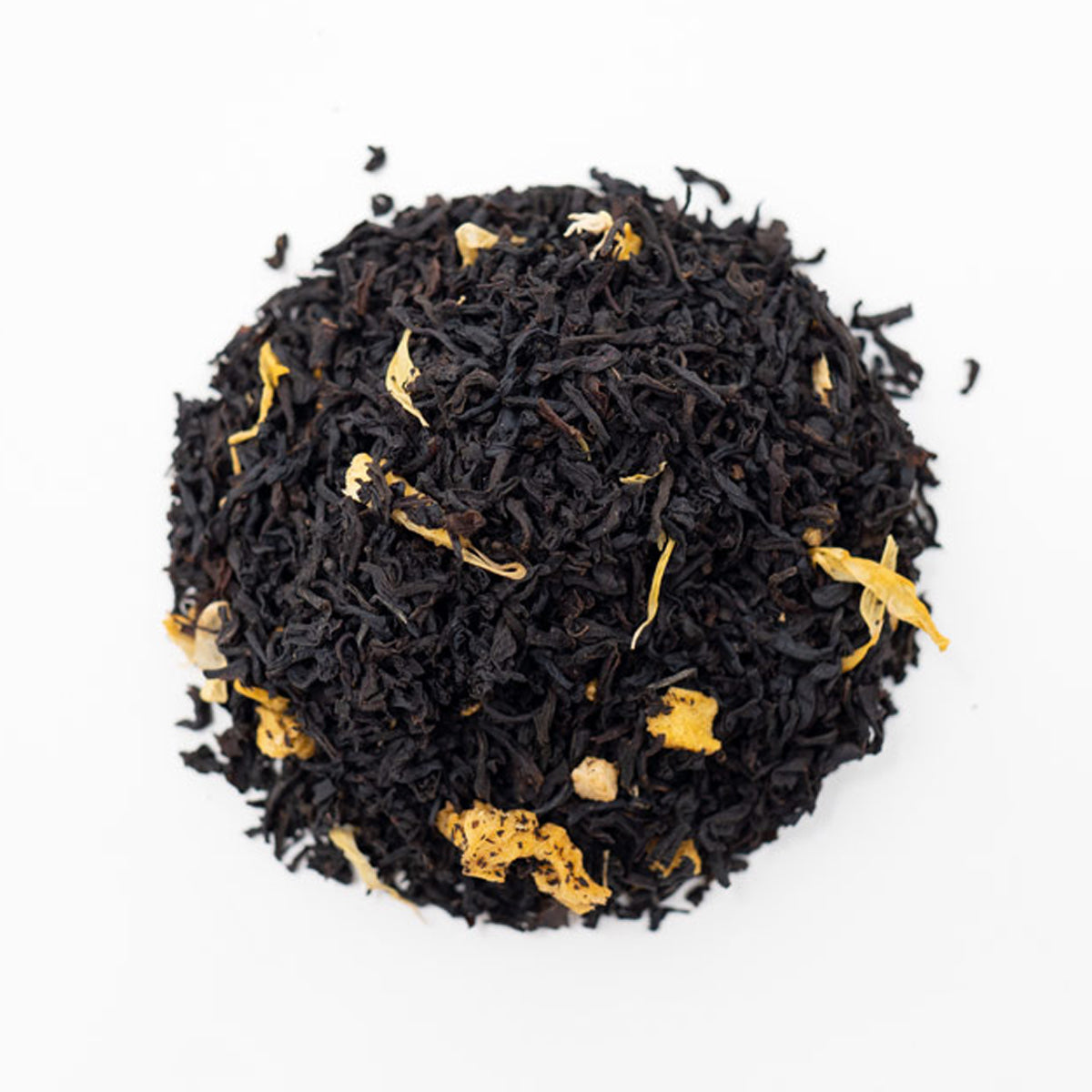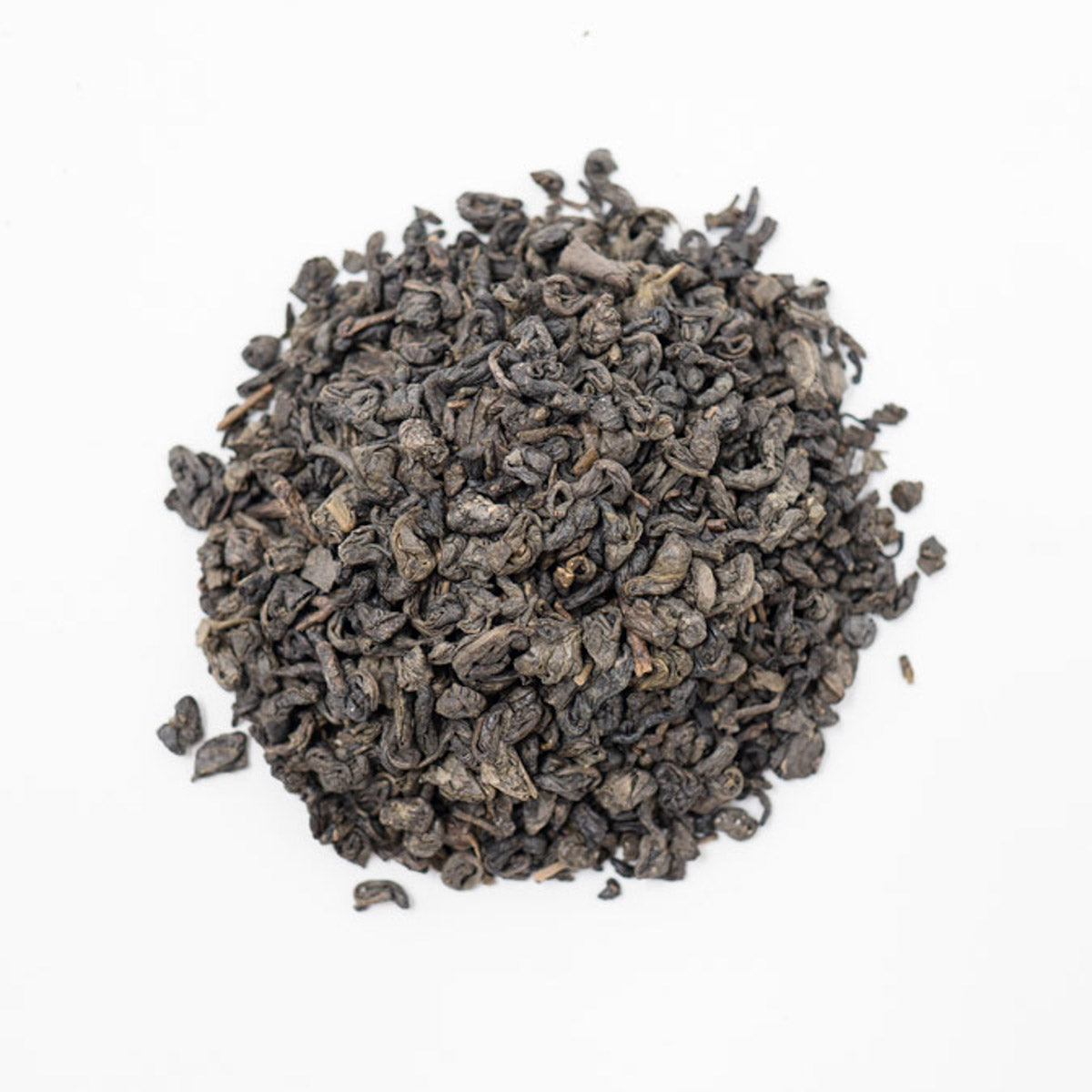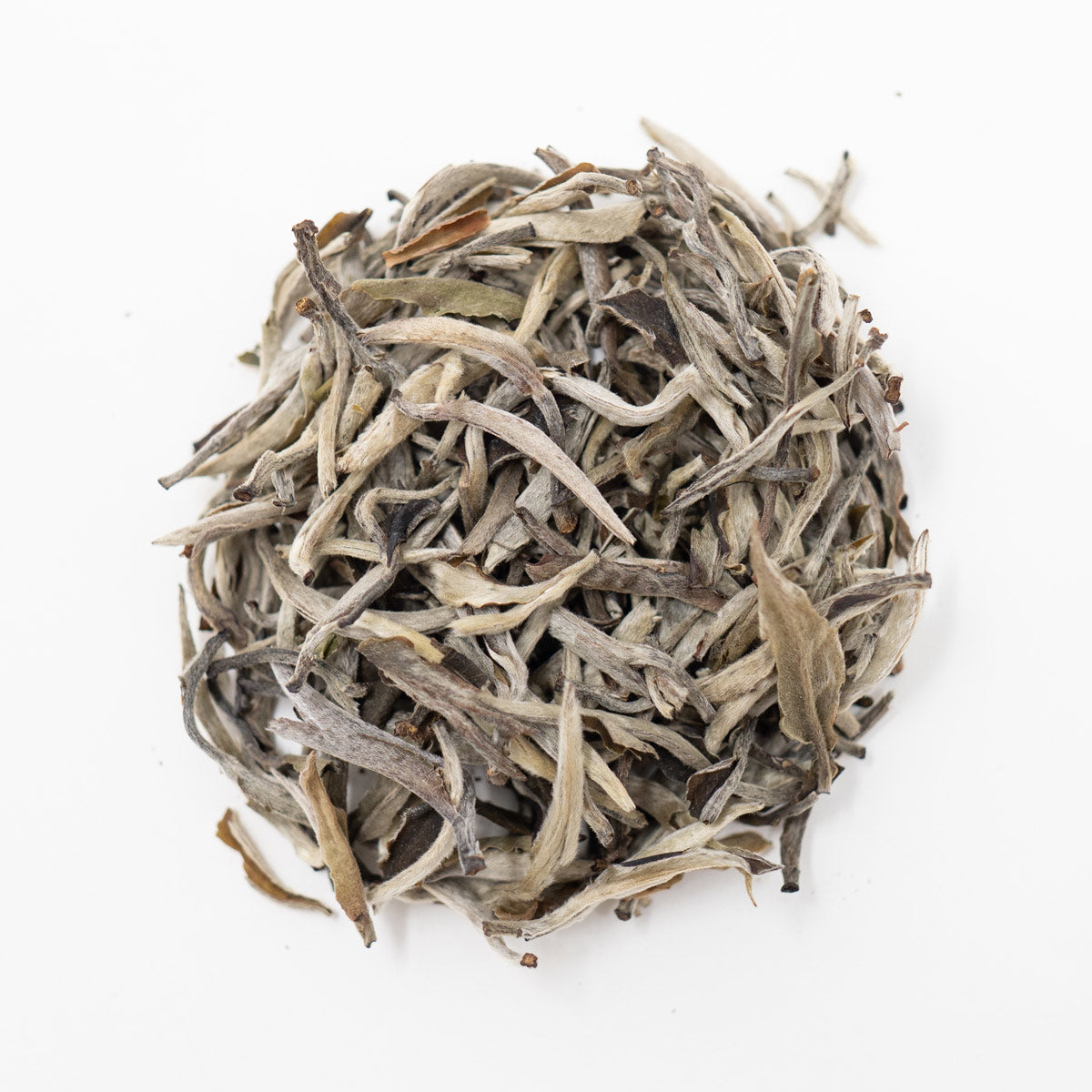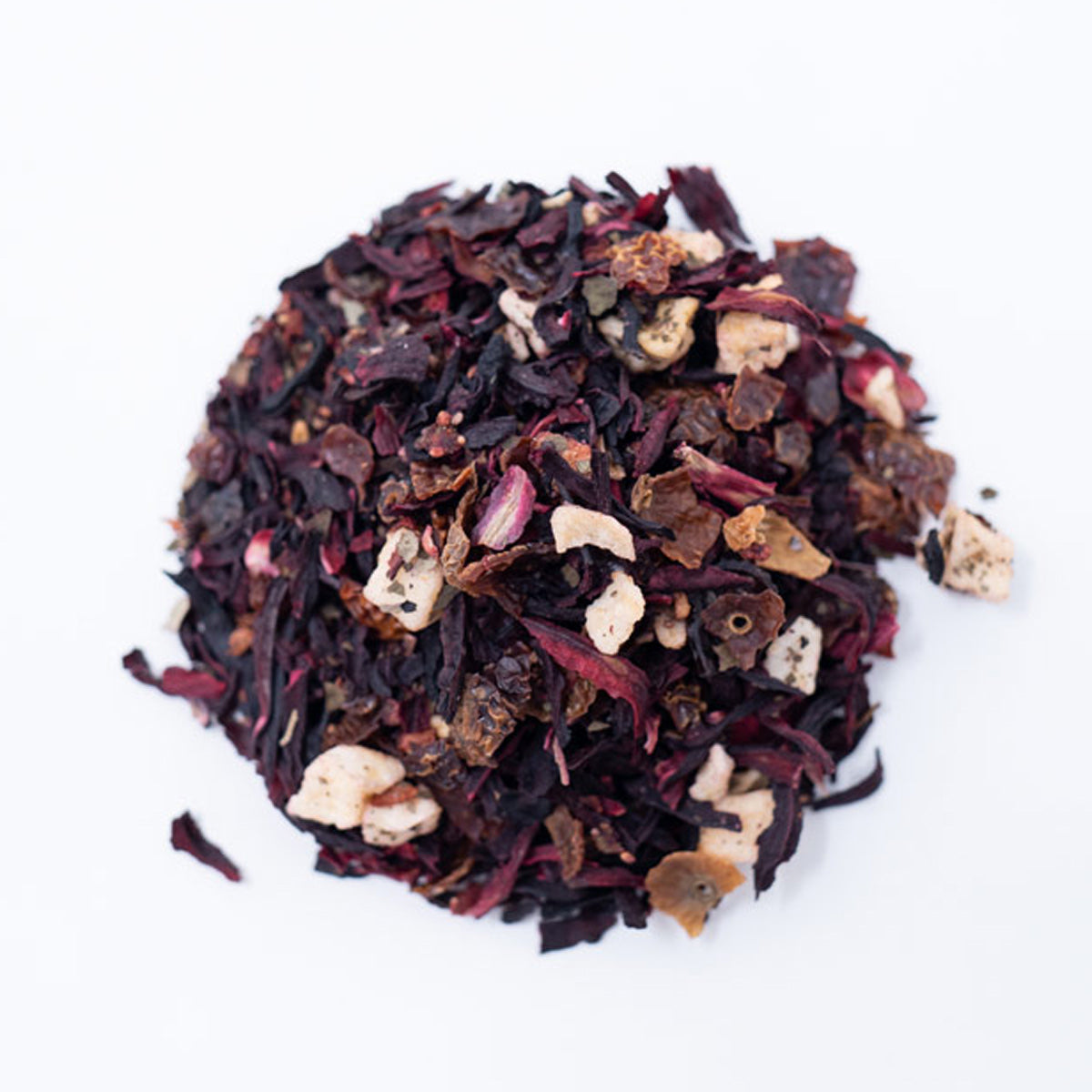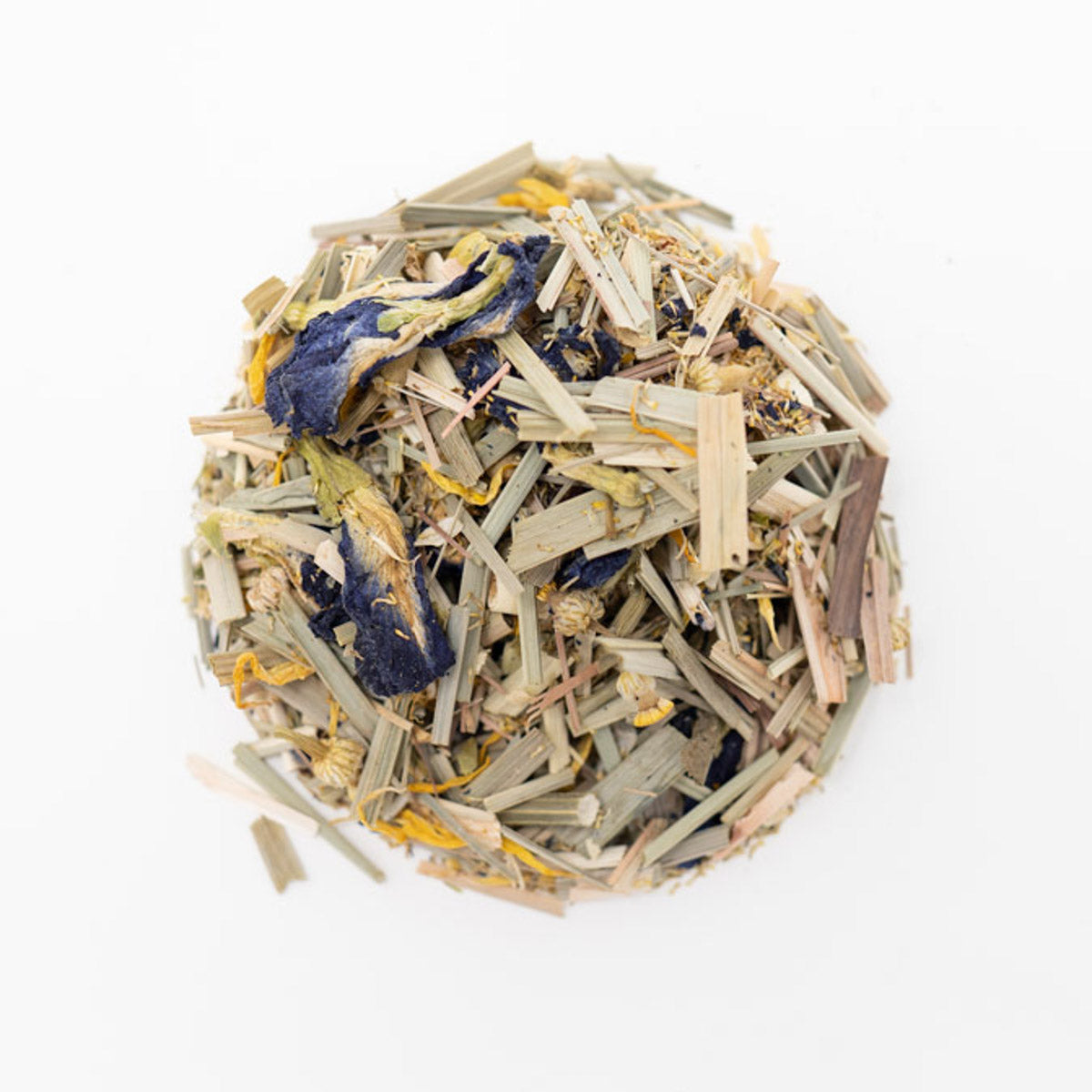Seasons of Tea | Tea Flushing
The method of growing, harvesting, and processing tea can be quite meticulous, and one of the biggest contributors to differences in flavor and quality is tea flushing. Tea flushes are the different seasons determined for prime tea leaf picking. Tea leaves are harvested beginning in the spring, through the summer and fall, and go dormant for the winter. During the winter, nutrients and flavor slowly build up in the soil, and when tea leaves are first ready for harvest, those leaves produce the best tea. As the harvest season progresses, changes occur in the leaves. Leaves from the first flush are the most delicate and highest quality, and as the second flush approaches, the leaves grow faster and become sturdier. They still provide high-quality tea, but the tea's nature has changed. For every tea leaf, there is a season, and for every tea drinker, there is a flush.
First Flush: Late February through April
The first flush is the first harvest of the season. Leaves plucked in the first stage are of the highest quality and the most delicate. They are also known for containing the highest level of antioxidants, catechins, and polyphenols because they have been collected during winter. This first flu is often less oxidized than others to preserve flavor in the delicate leaves. This gives the flush a signature greenish hue.
First flush Darjeeling tea is referred to as the Champagne of teas. It grows in the Darjeeling region of northern India, usually in some of the highest elevations. The processing of the first flush Darjeeling is very intense because of how delicate the leaves are. Even though it is a black tea, first flush Darjeeling may appear green because of the small amount of oxidation it receives.
Second Flush: April through May or June
Depending on the harvest, the second flush may be picked as early as April and lasts until May or June. Second flush teas are often more golden after they're oxidized than the first flush's green hue. Leaf growth after the first flush is much faster compared to the early spring growth. These leaves are stronger and result in a sweet and smooth flavor. Second flush teas are a high-quality tea as well, though they may not reach the first flush status
Monsoon Flush: July to Early October
The Monsoon flush is also called the rain flush, which occurs after all the late summer monsoon rains. This flush produces large and strong leaves with bolder colors and less complex flavors. The monsoon flush tea leaves are used for iced tea and commercial tea bag production. Because they are stronger and sturdier, they have a longer shelf life and are better suited for tea that might be stored for a long time.
Third Flush: Early October to Mid-November
The last flush of the year is known as the third flush or autumn flush. At this point, leaf growth has significantly slowed down, so the yields are smaller. The slowing down of leaf production means the plants are about to go dormant for the winter, and the tea plant is squeezing out as much as possible until the following spring.
Extended Flush: Winter in Southern India
This flush doesn't follow the sequence because it completely breaks the mold. In Northern India, flushes are determined by the seasons and weather. Tea leaves go dormant in the winter. But in Southern India, they can grow year-round. So, while they don't follow the traditional tea flush mold, it deserves an honorable mention. The climate and abundance of water sources make it a perfect environment to grow many kinds of white, green tea, oolong tea, and black tea.
